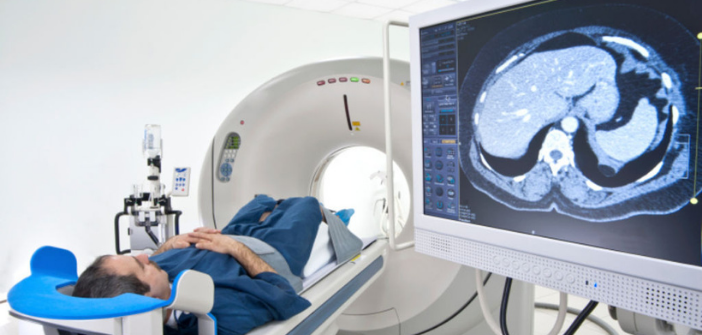This Monday, November 8, marks the International Day of Radiology. The choice of this date is not coincidental since it was on November 8, 1895, that Wilhelm Conrad Röntgen discovered the existence of X-rays.
On this day dedicated to radiology, Nice Premium wanted to learn more about what this medical field truly is and what working in this sector entails.
To do this, we interviewed someone employed in this field: Nihel M’jid, a medical imaging technologist who works in two departments at Pasteur Hospital in Nice: in the emergency department with X-ray and CT scan, and in the operating room radiology.
NP: Could you provide a general definition of radiology?
Radiology or imaging is an indispensable branch in the medical field, considered as paramedical. For a diagnosis, regardless of the pathology, imaging is essential. What is very interesting is that there are several different imaging modalities, each with its disadvantages and advantages. Its utility is to visualize various organs and structures of the body using X-rays.
NP: Do you have a more personal definition? What does radiology represent to you?
For me, radiology evokes first and foremost passion. Working in medical imaging is something extremely interesting and enriching. We constantly see different things. Certainly, we perform the same gestures every day but in completely different situations depending on the patient’s pathology and the establishment where we work. But above all, my job to me is the relationship between the technologist and the patient, which has a very important psychological dimension. Each individual must be treated differently according to their age, body size, physical condition. Each patient is a new adventure.
NP: We know that radiology is a medical field closely linked to technology. With the constant advancements in technology, can we speak of a sector in perpetual evolution where one must continuously learn new tools and techniques?
Yes, this is a certainty. I’ve been working for 7 years, and I’ve already encountered numerous different software, new machines, new databases, so one must constantly re-train. Year after year, I think this will become even more precise. But if we train in these new tools, it is not only because they are more efficient, but also to lighten the workload.
We are also trained in radioprotection, meaning we must know how to assess the impact of X-rays using a dosimeter collected every three months, which indicates if the level of X-ray exposure is not too high.
NP: Is the true value of your profession (radiology technologist) and radiology really recognized?
In general, the perception of the radiology technologist profession is very trivialized; we are seen as “button pushers.” Clearly, we are not very respected; people think only the radiologist is important when it’s the radiology technologist who must first conduct the initial examination with an X-ray/CT scan. If the technologist fails at their X-ray, the radiologist will not be able to make a diagnosis. People do not realize all that must be thought of and done for the examination to be successful.
To me, the immense power of this medical field is underappreciated. I think a part of the population, who probably feels obliged to have an X-ray when prescribed, criticizes the fact that we even capture areas that are not affected. But this is because we learn so much in-depth about the patient’s organism and body.


